Horrors of War
Horrors of War
The Undead on the Battlefield
Edited by Cynthia J. Miller and A. Bowdoin Van Riper
Rowman & Littlefield
Lanham Boulder New York London
Published by Rowman & Littlefield
A wholly owned subsidiary of The Rowman & Littlefield Publishing Group, Inc.
4501 Forbes Boulevard, Suite 200, Lanham, Maryland 20706
www.rowman.com
Unit A, Whitacre Mews, 26-34 Stannary Street, London SE11 4AB
Copyright 2015 by Rowman & Littlefield
All rights reserved . No part of this book may be reproduced in any form or by any electronic or mechanical means, including information storage and retrieval systems, without written permission from the publisher, except by a reviewer who may quote passages in a review.
British Library Cataloguing in Publication Information Available
Library of Congress Cataloging-in-Publication Data
Horrors of war : the undead on the battlefield / edited by Cynthia J. Miller, A. Bowdoin Van Riper.
pages cm
Includes bibliographical references and index.
ISBN 978-1-4422-5111-3 (hardback : alk. paper) ISBN 978-1-4422-5112-0 (ebook) 1. War filmsHistory and criticism. 2. Horror filmsHistory and criticism. 3. Supernatural in literature. 4. Horror talesHistory and criticism. 5. War in literature. I. Miller, Cynthia J., 1958- editor. II. Van Riper, A. Bowdoin editor.
PN1995.9.W3H68 2015
791.43'6581dc23
2015003812
 The paper used in this publication meets the minimum requirements of American National Standard for Information SciencesPermanence of Paper for Printed Library Materials, ANSI/NISO Z39.48-1992.
The paper used in this publication meets the minimum requirements of American National Standard for Information SciencesPermanence of Paper for Printed Library Materials, ANSI/NISO Z39.48-1992.
Printed in the United States of America
For our fathers, whose war stories were larger than life... but not supernatural
Alfred D. Lombardi, Technician Fifth Grade
747th Engineer Base Equipment Company
19401945
Anthony K. Van Riper, Private First Class
Headquarters Company, Third Battalion, Thirty-First Infantry Regiment
19441946
When you see millions of the mouthless dead
Across your dreams in pale battalions go,
Say not soft things as other men have said,
That youll remember. For you need not so.
Charles Sorley;Killed October 13, 1915, in the Battle of Loos
Acknowledgments
Like most other projects, this volume owes a great debt to the many scholars who have come before, and whose work has inspired and informed the essays that appear here. We would like to extend a special thank you to military historian Dave W. Tschanz, who first suggested that, given our fondness for tales of the undead, the battlefield would be a wonderful place to... unearth... a few more. Our deepest thanks also go to Stephen Ryan for his continued trust in our work and support of this project. For their incredible generosity of spirit, we would also like to thank Sara Borden and the Historical Society of Pennsylvania, Paul Wilson, Graham Masterson, the National Museum of Fine Art in Kiev, Michael Cushman and the Southern Nationalist Network, Eric Reynolds at Fantagraphics, DC Comics, Devijavi at Deviant Art, and Carter Reid at The Zombie Nation, as well as Meghan Tillett and the Hatchette Book Group. Finally, to each of the individuals whose work appears on the pages that follow, thank you, one and all.
Introduction
Cynthia J. Miller and A. Bowdoin Van Riper
War is hell, so the saying goes, and battlefields are places where the spirits of the dead linger. Bodies litter the landscapes of military conflicts, as the cowardly and the courageous alike become casualties of its devastation. As opposing forces battle for control, vast numbers of souls are lost, and the boundary between the living and the dead seems to erode, as those killed in war pass violently, quickly, and in great numbers from one world to the next. This proximity to death makes the battlefield a site of myth, lore, and superstition, and unseen forces are often blamed for misfortune, as well as credited for triumph. When the planes of Britains Royal Air Force were plagued by unexplained mechanical problems, mysterious gremlins were blamed for wreaking havoc, and soon, the myth of the destructive supernatural beings had spread across all branches of the military among the Allied nations.
Soldiers, pilots, and sailors throughout history have often created talismans to intercede with fate. The more dangerous the job, reports Marine First Sergeant Vic Martin, the more superstitious. Silver dollars, mismatched socks and shoes, and other common personal items have all been used as conduits for good luck: Snipers stationed in Iraq wear amulets of 7.62 mm slugs around their necks as protection against the bullet that will bring about their own death; ground troops in both world wars often carried Bibles tucked or pinned over the portion of a uniform covering the soldiers heart to fend off bullets; and contrary to their usual association, black cats were popular during World War I as symbols of good luck. In a particularly convincing case, pilot Edwin Parsons wired a stuffed black cat to the struts of his plane, and refused to fly without it. His belief in its protective power was borne out when he discovered it bleeding sawdust one day after taking a bullet that would have killed him.
In a similar fashion, supernatural language and imageryboth sacred and secularpervades modern depictions of warfare, but it is popular culture that routinely makes these metaphors concrete. Supernatural tales of war told in print, on screen, and in other media depict angels, demons, and legions of the undead fighting againstor alongsidehuman soldiers on the field of battle. Ghostly warships and phantom aircraft carry on their never-to-be-completed missions, and horrors deadlier than any bullet or bomb linger in the dark corners of abandoned fortifications. The spirits, and sometimes the corpses, of dead soldiers return to confront the enemies who killed them, the comrades who betrayed them, or the leaders who sacrificed them without reason. These tales endow the business of war with a mystery and foreboding unlike any other.
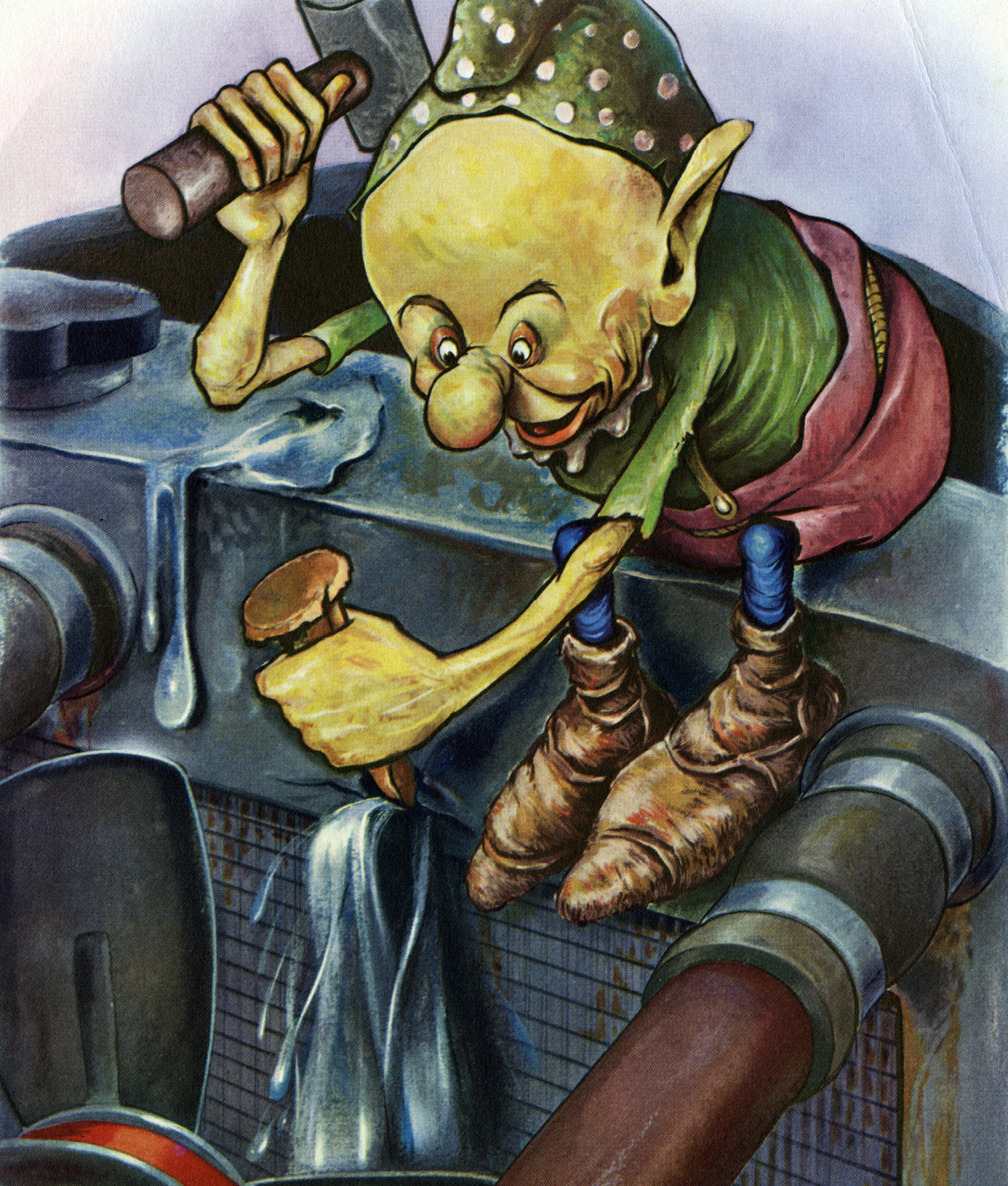
Diffy Dan, a wartime gremlin blamed for all manner of engine trouble, from fouling motor oil and filing down gear teeth to sabotaging transmissions and differentials (from which he gets his name). Courtesy of the Historical Society of Pennsylvanias Propaganda Collection.
This volume explores the deeper significance of such stories: The ways in which they reflect, and often challenge, the popular memory of particular wars, and engage with cultural attitudes toward war in general, as well as with the tensions involved in wartime themes such as battlefield heroism, military ethics, and the politics of sacrifice. In each of these tales, the dead are invoked to both challenge and reinforce the belief systems of the living. The undead do not, however, challenge the morality of war itself, but rather, they illustrate that there are no good or bad warsjust the values, morals, and ethics of the men and women who fight them. In this way, the undead of war shine a spotlight on questions about the nature of humanity, both in wartime and beyond.
The Undead Battlefield before World War II
The lines that divide the living from the dead and the familiar from the uncannysharp and bright in peacetimeare blurred on the battlefield. Armor and helmets, war paint and battle cries, give ordinary men the appearance of monsters. Casualties of battlearmless, legless, blinded, insaneexist in a horrific no-mans-land, beyond saving but still capable of thought and feeling and speech. It is no surprise, then, that the fictional warriors of myth, legend, and story have, from time to time, encountered even greater horrors: monsters, witches, and the undead.
Next page

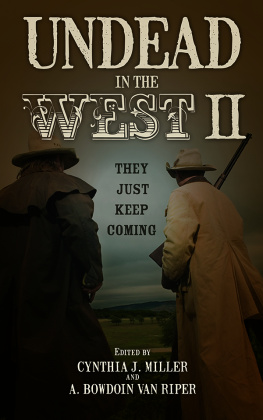
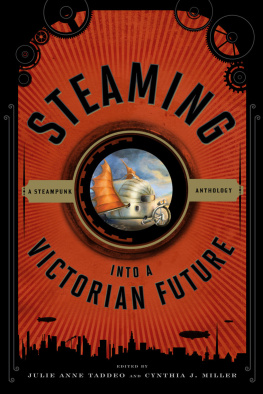



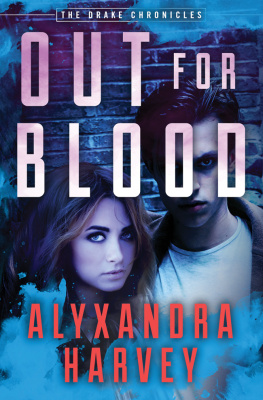


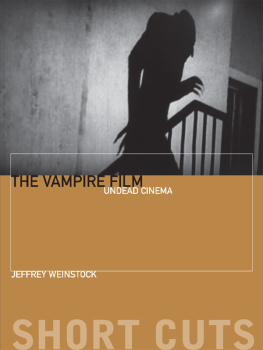
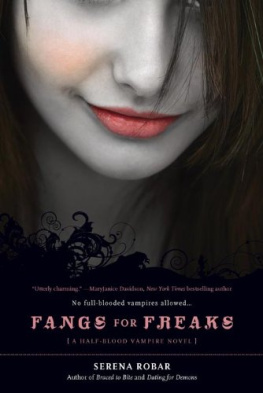
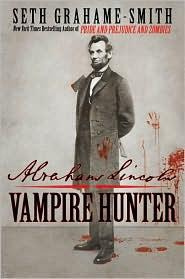
 The paper used in this publication meets the minimum requirements of American National Standard for Information SciencesPermanence of Paper for Printed Library Materials, ANSI/NISO Z39.48-1992.
The paper used in this publication meets the minimum requirements of American National Standard for Information SciencesPermanence of Paper for Printed Library Materials, ANSI/NISO Z39.48-1992.